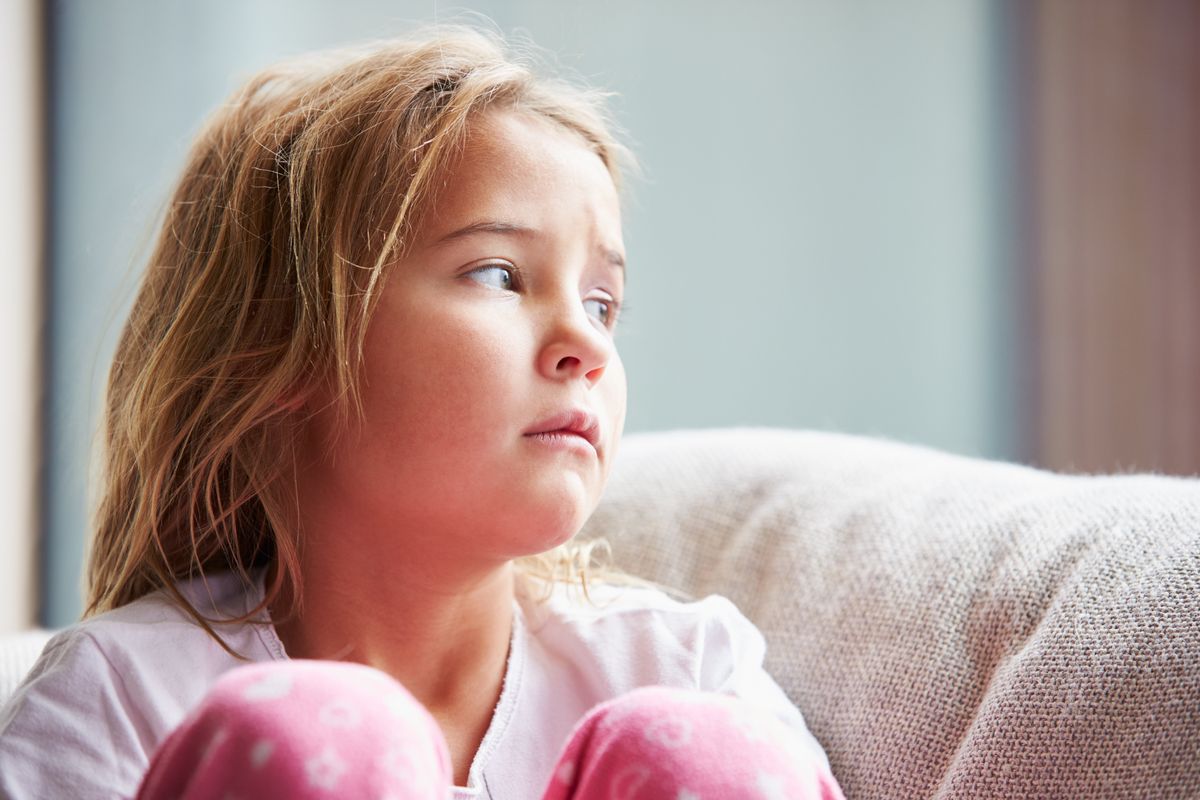
As many dance teachers begin another semester of virtual teaching, it is time to acknowledge the fact that virtual classes aren’t actually accessible to all students.
When schools and studios launched their virtual dance programs at the beginning of the pandemic, many operated under the assumption that all their students would be able to take class online. But in reality, lack of access to technology and Wi-Fi is a major issue for many low-income students across the country, in many cases cutting them off from the classes and resources their peers can enjoy from home.
The Pew Research Center recently conducted a study about internet access during the pandemic and found that one student in five does not have access to a reliable computer or Wi-Fi connection. The research also demonstrated that students who lack accessibility not only tend to be of a lower socioeconomic status, they also tend to be people of color.
Dance teachers have a responsibility to ensure that the racial disparity already present in dance education isn’t widened by this digital divide—and that all students can continue to learn safely throughout the pandemic.
First, don’t make assumptions about what your students do and do not have access to. Yes, you may have previously seen a student who is not attending Zoom classes using a smartphone. But it is unfair to assume that the student has the data capabilities to stream a live class from home.
Be on the lookout for students who may feel uncomfortable reporting their lack of accessibility. This may manifest as missing class often, having their camera turned off, or frequently logging in and out of class due to a weak internet connection. When talking to your student about their accessibility issues, be sure that you address them from a place of concern rather than judgment or discipline.
To offer solutions to these students, teachers can channel the same creative adaptability they used to transition their classes online in the first place. For instance, if the dance studio where your students typically dance has strong Wi-Fi, could it be made available to those without internet at home (perhaps on a schedule to ensure social distancing)?
It may also be a matter of reconsidering the live virtual class. While some students may not have the convenience of Wi-Fi in the home, they may be able to get public access. The dancers could still receive materials if teachers create videos or other resources for them to download when they have internet access, and then engage with on their own time. But keep the videos short: The digital divide continues if teachers hinder students by having them download an hourlong dance class on public broadband.
In an ideal world, studios and schools with ample resources can bridge this gap in even more meaningful ways. At the Dance Institute of Washington in Washington, DC, 30 percent of students were issued hot spots and tablets to ensure they could access virtual classes. DIW also created an online resource center with recorded classes and community resources, such as housing and health documents, all in both English and Spanish.
Dance teachers should also be informed about programs and resources already established in their communities. For example, companies like Google, T-Mobile and Comcast have partnered with public school districts in some areas to provide students with personal hot spots or to create available hot spots within their communities.
No, closing the digital divide should not rest solely on the shoulders of dance teachers. But we should be responsible for not allowing existing inequities to deepen during this already difficult time. We need to continue to be creative in our digital teaching solutions while remaining aware of meeting the needs of all our dancers.




